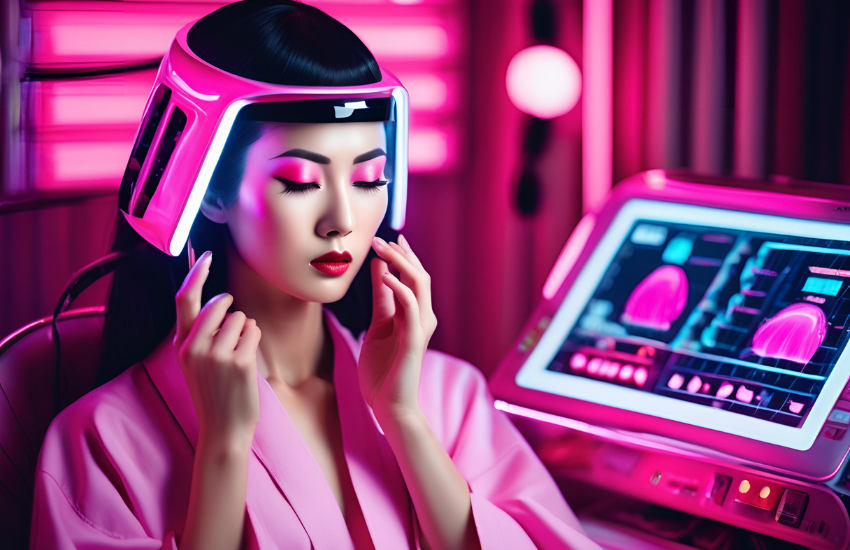
- Hard eyeball (caused by high intraocular pressure)
- Headache, nausea and vomiting
- Blurry vision
- Visual field defect (i.e. blind spots in your vision, which makes you bump into things around you frequently)
- Rainbow-coloured halos around lights
- Check yourself for signs of glaucoma
While glaucoma cannot be detected, you may notice signs such as loss of peripheral or side vision.
- Exercise
Exercise is known to lower intraocular pressure and increase ocular blood flow – this makes it potentially benefical for glaucoma management.
- Get regular eye examinations
Regular eye exams can help to detect glaucoma in its early stages, so that your doctor can help you manage it before significant damage occurs. The elderly should go for check-ups at least once a year.
- Avoid overwork
When the body is overworked, intraocular pressure can fluctuate.
- Keep a good mood
Mental stimulation can easily increase intraocular pressure.
- Understand your family’s eye health history




